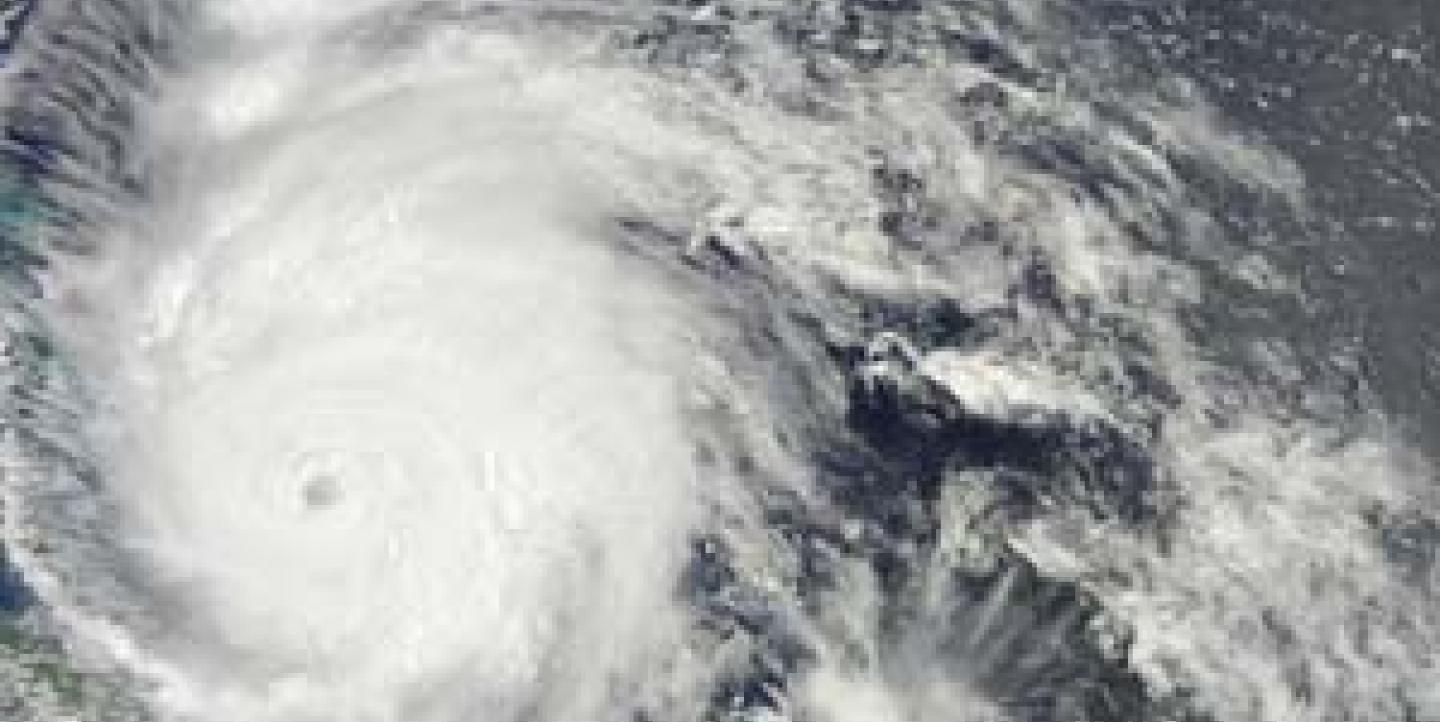Hurricane Irene, expected to hit the U.S. in full force this weekend, is already dominating the conversation in the social media sphere and news outlets.
Some East Coast states have declared a state of emergency and President Obama urged citizens to be safe while facing what it might be a “historic hurricane.”
The hurricane story is likely to have a long tail - even if it's not hitting your neck of the woods - enterprising journos would do well to check out our guide to localizing major stories.
Here are IJNet's top picks for covering Hurricane Irene and its aftermath.
-
Facebook has put together a Global Disaster Relief page that posts useful information, updates and even photo albums of how residents in the East Coast are preparing for the hurricane.
-
The New York Times and The Washington Post have put together Twitter lists with sources related to Hurricane Irene. The Washington Post’s list includes 32 sources, including the Department of Homeland Security, Virginia Gov. Bob McDonnell and the Red Cross, among others. The Times’ list currently has 25 sources including the New York City Council and local news channels.
-
The New York Times has put together an interactive hurricane tracker that shows the path of Irene and its speed. PBS also published a similar map with Google data on the predicted hurricane path and evacuation routes, among other features.
-
The National Hurricane Center has an extensive glossary of terms associated with hurricanes that will surely be useful when writing your story. It also has a searchable database which allows you to search for previous hurricanes geographically.
- Finally, remember the AP Syle entry related to hurricanes. Capitalize "hurricane" when it's part of a name and use "it" and "its" in pronoun references. Avoid the sexist puns. As the AP says: "Do not use the presence of a woman's name as an excuse to attribute sexist images of women's behavior to a storm."

